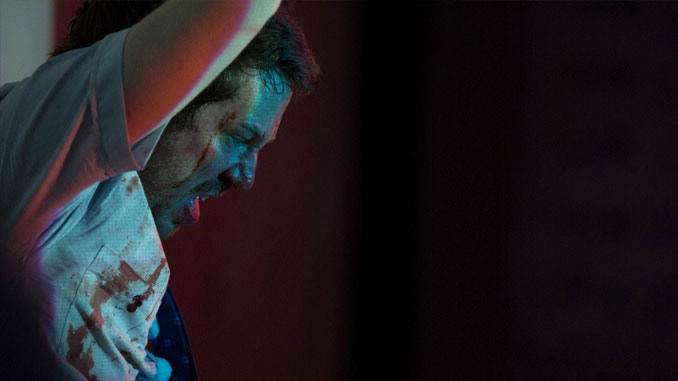
A few months ago, I watched a Shudder original film by Joe Lynch called Mayhem, and though I enjoyed it a lot, I simply couldn’t review it. Living up to its name, the film was an hour and a half of utter savagery—a total bloodbath of a production, with elaborately choreographed fight scenes punctuated by white collar professionals bashing each other to death with office supplies. Had I written a review, it probably would have gone something like “…and then, after bashing that guy to death, he grabbed a tape dispenser and bashed that other guy to death!” Fun, maybe, but not exactly insightful.
This is largely because Mayhem’s plot is so intentionally unambiguous that trying too hard to unpack anything else is likely missing the point and definitely the fun. Fueling all of the office-wide sex and murder is a relatively straightforward virus that spreads throughout the building in a perfectly average way, prompting the lockdown and the chaos—er, mayhem—that ensues. Any questions? Probably not.
Now, take this up against the film I just screened, Greg McLean’s The Belko Experiment, which was released in the same year and bears many similarities to Mayhem. Belko’s events also surround otherwise average white collar workers murdering one another while trapped in a locked down office building. This film, too, is an hour and a half of well-executed savagery.

But the circumstances of Belko’s lockdown are entirely different, and the film’s tone is a good deal more sinister by consequence. There is no virus in this story, nothing that serves to prompt the lockdown or biologically manipulate any of the people involved. These employees are simply trapped, with all of the faculties they were born with intact, listening to an omniscient voice ringing out over the loudspeaker with their instructions: Kill a certain number of people before a certain time, or I’ll kill twice as many of you at random.
Where Mayhem reduced its characters to their core selves by way of an inhibition-lowering virus, The Belko Experiment did so by backing its characters into a corner and threatening their lives. Their actions under these circumstances aren’t symptomatic of anything aside from their own human condition, which makes the murdering even more profoundly disturbing—and interesting, too, if you like these sorts of thought experiments. Because that’s exactly what this film is—a visual thought experiment—living up to its name, much in the same fashion as Mayhem.
The Belko Experiment was written by James Gunn, who is an incredibly hard screenwriter to categorize in any overarching way. His IMDb page paints him a Swiss army knife, having done a little bit of everything and a whole lot of it well. In the early 2000s, he penned Dawn of the Dead and wrote and directed Slither, and more recently, he’s responsible for writing and directing both volumes of Guardians of the Galaxy. Not a bad resume.
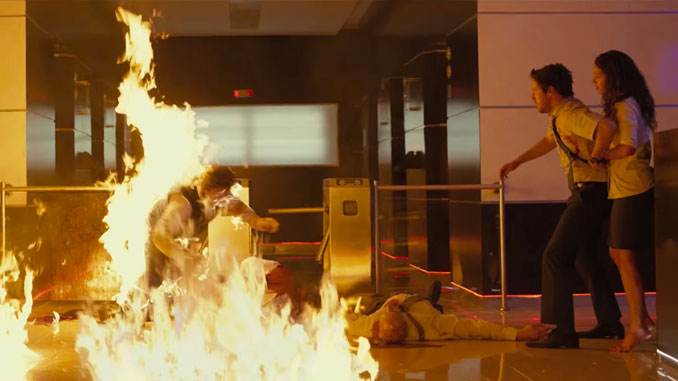
To me, his treatment of this moral dilemma/entrapment-esque scenario played as overwhelmingly realistic. One of the most cogent examples, I think, is in how he treats the deaths of his characters.
In hostage-style films like this, it’s easy to rely on the execution of secondary characters to communicate the reality of situation to the audience. By contrast, our P.O.V. characters generally end up sticking around a lot longer than everyone else, and when they are eventually picked off, their deaths are usually more meaningfully showcased.
But Gunn doesn’t fall victim to this convention. His deaths are less conveniently discerning—remarkable for some characters and abrupt for others, regardless of where in the credits their name rolls—making the whole ordeal more realistic, believable, and horrifying.
Gunn’s script serves as a solid foundation that, when paired with McLean’s discerning direction, Luis David Sansa’s cinematography, and solid acting performances across the board, makes for what I thought was a very enjoyable film.
What it’ll come down to for you is whether you find what people will do when backed into a corner and told to kill each other (in a way that manifests on screen as delightfully, ick-inducingly gory) interesting or disgusting. If it’s the former, you’re in for a treat. And if it’s the latter, skip the movie and check out the soundtrack.
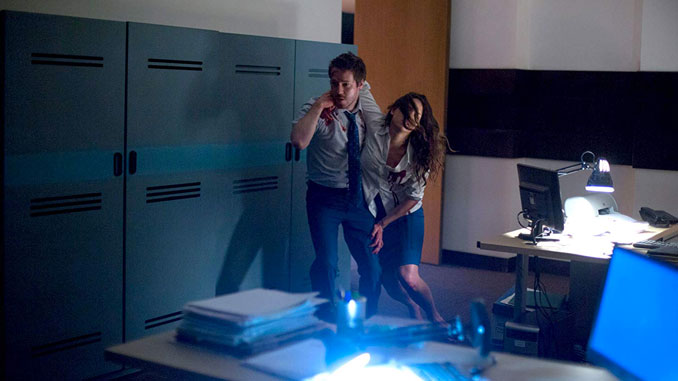

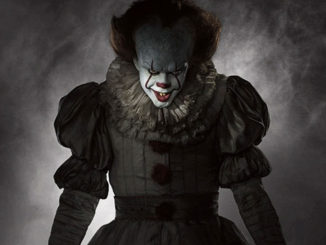
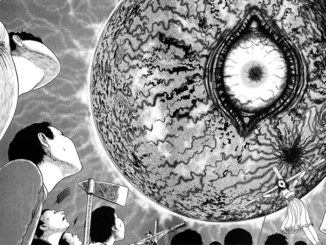
Be the first to comment